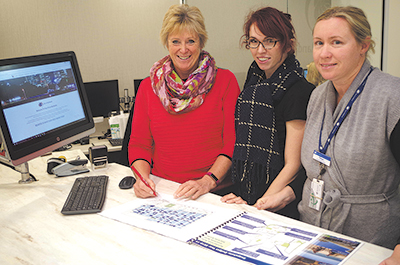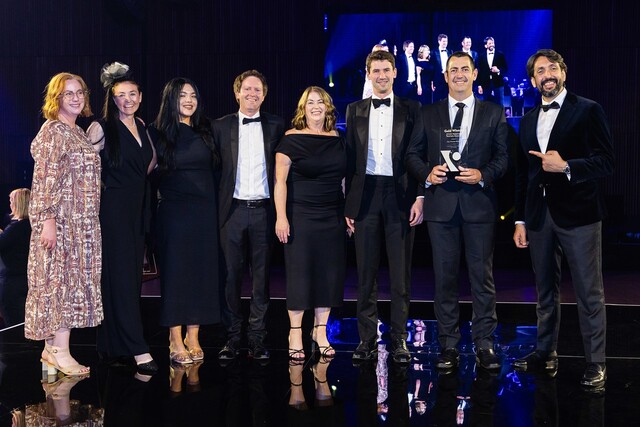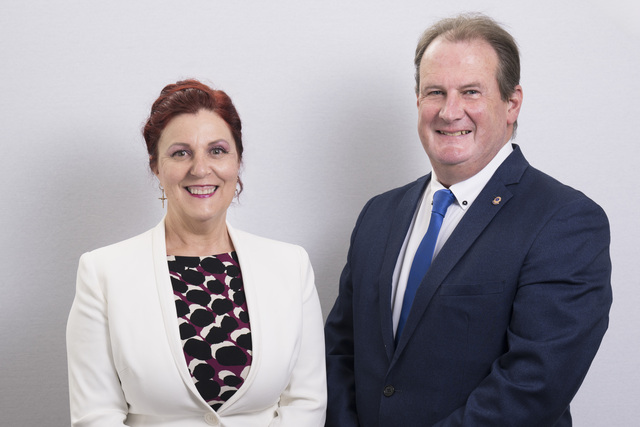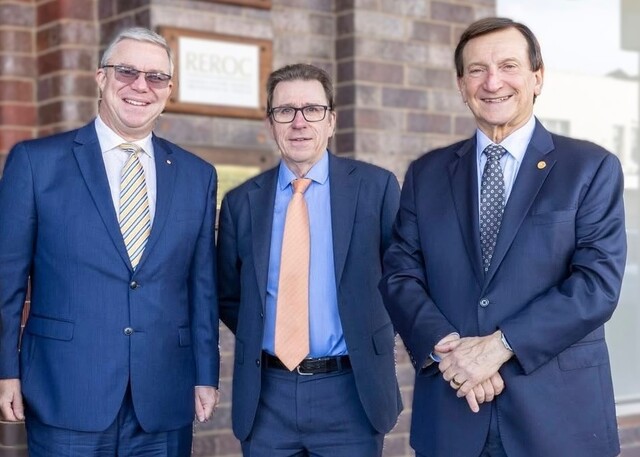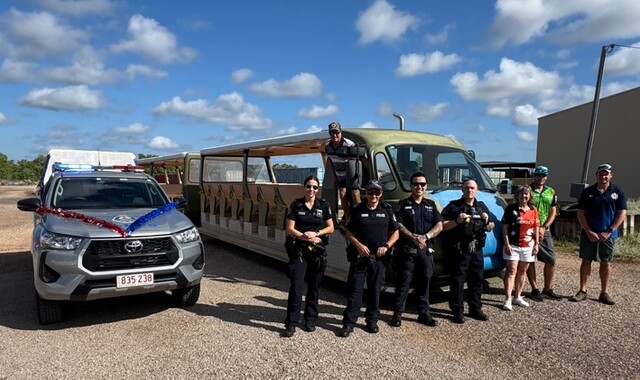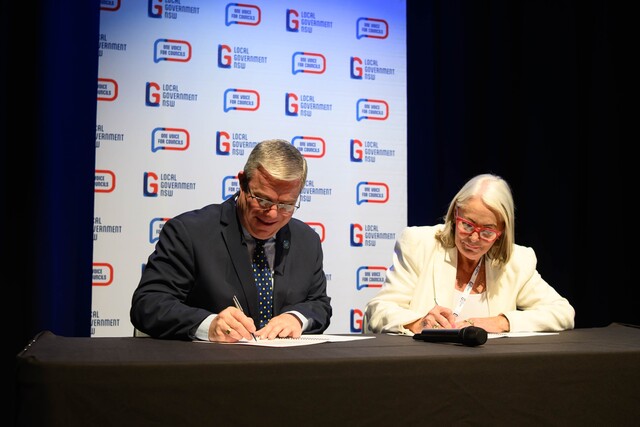The City of Nedlands in Western Australia is communicating with residents via an online engagement hub – which has become something of a success story since launching in March 2016.
In 2016-17, the City of Nedlands undertook more than 80 engagement projects via the hub, Your Voice Nedlands.
This resulted in about 7800 visits to the hub, with users viewing 21,000 pages overall.
City of Nedlands Community Engagement Coordinator Caroline Walker said consultation enabled Council to provide information and seek feedback while keeping the community updated and highlight outcomes achieved.
“Surveys and submissions were the most popular tools with 505 completed for a variety of projects,” she said.
“The community sourced information by downloading 1898 documents, as well as key decision dates and frequently asked questions.
“The City also provided information sessions, public open days and direct mail-outs to inform – and invite – community participation in projects.
“We continually developed Your Voice Nedlands by promoting it across the community, using traditional methods of communications and increasing the use of social media.
“There was also a focus on further improving governance around community engagement – in particular, strategy development and procedures, templates and guidelines.”
City of Nedlands Chief Executive Officer Greg Trevaskis said community and stakeholder engagement was a core Council activity.
“The City acknowledges that successful engagement with its community increases their participation in activities and decisions that affect them,” he said.
“At the same time, the City aims to deliver activities in a manner that best meets people’s expectations.
“It is intrinsic to providing good governance and strong leadership and ensures the community is consulted about its needs and concerns, as part of the City’s decision-making processes.
“This puts the City in a better position to deliver more effective outcomes to guide its priorities into the future.”

